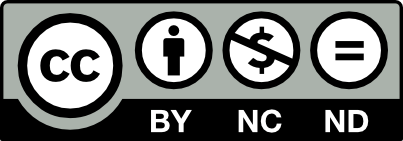This page is licensed under Creative Commons under Attribution 4.0 International. Anyone can share content from this page, with attribution and link to College MatchPoint requested.
Posts tagged Highly Selective Colleges

If your student is heading into senior year, you may already be feeling the pressure of looming college deadlines—and one of the biggest decisions often hits just as school starts: should they apply Early Decision? The numbers are compelling. At some selective colleges, the ED acceptance rate is two to three times higher than regular decision. But those numbers only tell part of the story. Early Decision comes with a binding commitment, financial tradeoffs, and a need for clarity that not every student has in the fall. This guide will help you understand what ED really means, who benefits most, and how your family can make a confident, informed choice.

As families explore highly selective colleges where total costs often exceed $80,000 a year, financial aid packages determine whether such prestigious degrees become accessible or remain pipe dreams. Unlike public universities offering substantial merit scholarships, elite private colleges provide almost exclusively need-based aid. However, with few exceptions, these schools promise to meet 100% of demonstrated financial need. Here’s what families should understand.

If your student hopes to attend Stanford, MIT, or another highly selective college, the path forward is not about doing everything. It is about doing what matters most, with clarity and intention. At schools where acceptance rates sit below 10 percent, academic excellence is just the starting point. What sets students apart is how they grow outside the classroom and how their choices reflect purpose. The good news? The foundation for a standout application begins early. What students do in 9th and 10th grade has the power to shape their story in meaningful, authentic ways. Here are five smart moves students can make now, with real-world examples of how others have done it successfully.

Many students are unaware of the incredible opportunities that honors programs provide. These are selective programs for highly motivated students within a university that often offer students numerous benefits, including small classes with the best professors, priority class registration, access to mentors, funded travel and research, networking events, and more.

As summer approaches, many students begin making plans for camps, internships, and enrichment programs. But one of the most impactful and flexible options is often overlooked: the self-directed project. For motivated students, especially those considering highly selective colleges or competitive majors like business, engineering, or computer science, a self-directed project is not just a creative outlet—it’s a strategic move.

The term “highly selective schools” refers to colleges and universities with an acceptance rate of 20 percent or less. However, in recent years, the number of schools with such low acceptance rates has increased, making the college application process even more competitive. While only 26 schools have an acceptance rate of less than 10 percent, and yet these schools are the ones most likely to be mentioned by students. This narrow mindset can limit their options and make the college application process more stressful than it needs to be.

As college decision letters hit mailboxes (or email accounts) in April, thousands of accomplished high school students face rejection from dream schools like Stanford and Duke. For parents, it’s absolutely heartbreaking to see incredible kids get turned down by elite colleges despite straight A’s, stellar SAT scores, top AP scores, and armloads of extracurricular achievements. How can parents best comfort and encourage their teen after such a significant letdown?

As you and your child begin looking at colleges, it's important to remember that not all schools are created equal. Highly selective colleges can be an excellent option for some students, but they're not right for everyone. Here are four important questions to ask when considering whether a highly selective college is the right fit for your child.




